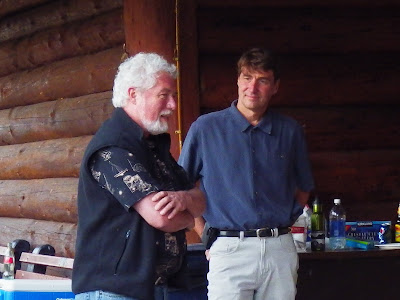What price, Recreation?
North Cascades Heli-Skiing (NCHS) cut down at least fifty trees, up to 275 years old, in the pristine headwaters of the Methow River high on the north side of Silver Star Mountain, in violation of the USFS permit and their own operating plan.
The owners of NCHS seem to have taken this terrible action to provide more skiing opportunities for their clients (though they claim it was for "safety"). Simply put, and in my 30 years of experience in the North Cascades: if it's not safe, don't go there. Certainly don't modify the landscape.
Instead, Paul Butler and Ken Brooks not only went there, they cut down and killed dozens of trees. Very, very old trees. Trees that have been living there since the Continental Congress was forming.
This is not a successful business model in the Methow Valley, the North Cascades, or ANY of the ethics with which I was raised and respect.
Contact Paul Butler, Ken Brooks, and most importantly, the US Forest Service Okanogan National Forest, and tell them what you think. I think the selfish operators should be shut down (read: grounded) for at least one year. Probably better for the duration of the current permit.
Address to write letters to the violators:
Mr. Paul Butler
North Cascades Heli-skiing
PO Box 367
Winthrop, WA98862
Address to write letters to the Forest Service:
Jennifer Zbyszewski, Acting District Ranger
Okanagan-Wenatchee National Forest
Methow Valley Ranger District
24 W. Chewuch Rd.
Winthrop, WA 98862
Photos courtesy Matt Firth









